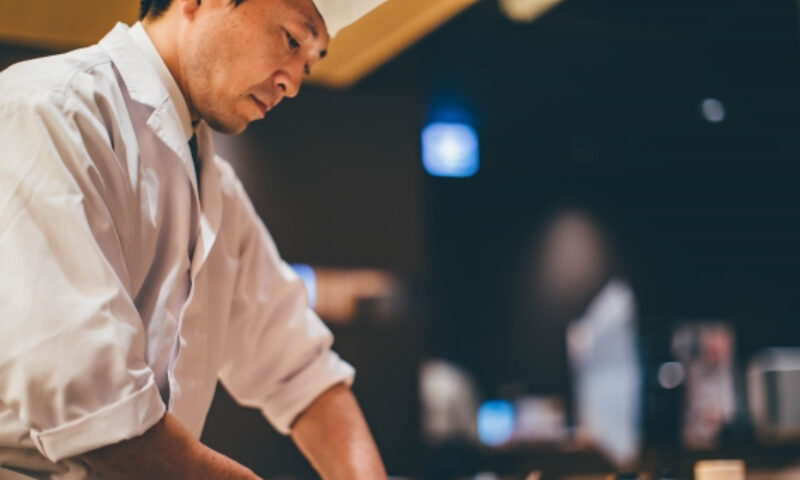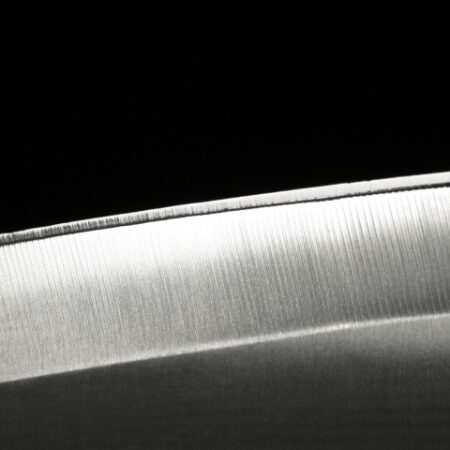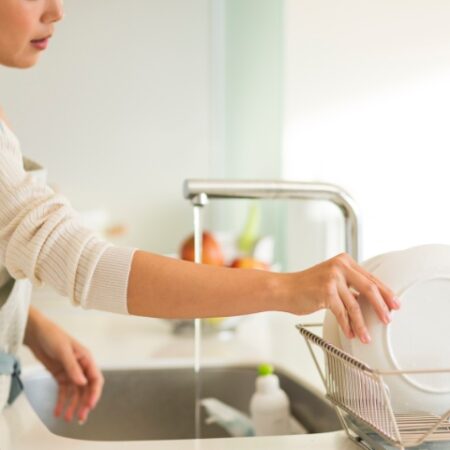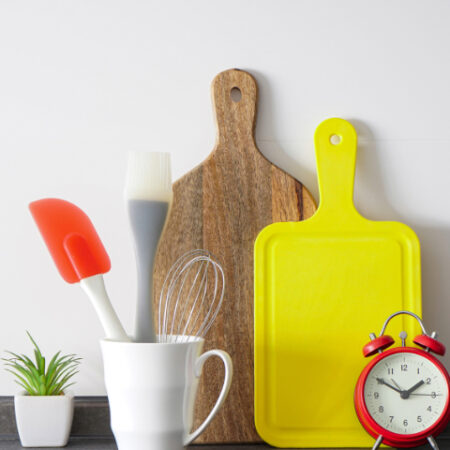More and more chefs have started favoring our cutting boards owing to their soft surface. You may think that cutting boards can’t be that soft, because soft materials can be a cause of bending. Our Soft Cutting Board (FSR series) is equal to or softer than wooden ones, thanks to the internal wood-core. See the figure below.

But what are the benefits of a soft cutting surface? There are 4 benefits.
1. Keeps Knives Sharp
It is often said that what makes the edge of knives dull is not food ingredients, but cutting boards. So, the quality of cutting board is quite significant for quality knives. By cushioning the strokes of the knives with the soft surface, knife blades stay sharp for longer.
2. Keeps Umami in Ingredients
Sharp knives easily cut through the cells of food ingredients, while dull knives may crush the cells leading to a loss of flavor compounds in the ingredients. A sharp blade and a soft cutting board minimize the loss of Umami in your food ingredients.
3. Allows Clean Cuts with Ease
It is frustrating when you find pieces of food that were not cut completely after you’ve finished cutting. Knives cut into a soft surface, so that blades can surely cut through the food ingredients. It is such a pleasurable experience!
4. Less Slippery
It depends on the surface shape though, the softer the surface is, less slippery it is. The less slippery surface makes your work easier. Not only that, it lessens the danger of injuries due to unintentional moving of ingredients when cutting.

Some may be concerned that soft surfaces get stained easily. It is highly recommended to wash a cutting board right after using it. When stains are stubborn, often from oil or fat, using alkaline detergents is recommended. Alkaline products generally clean by saponifying fatty materials and emulsifying the resulting modified oil so that it can be suspended in a solution. Please follow directions and warnings on the packages when using alkaline detergents.






Comment